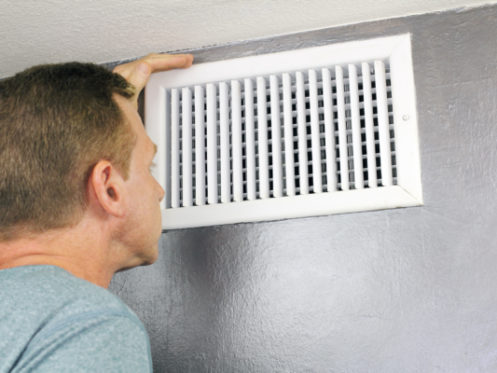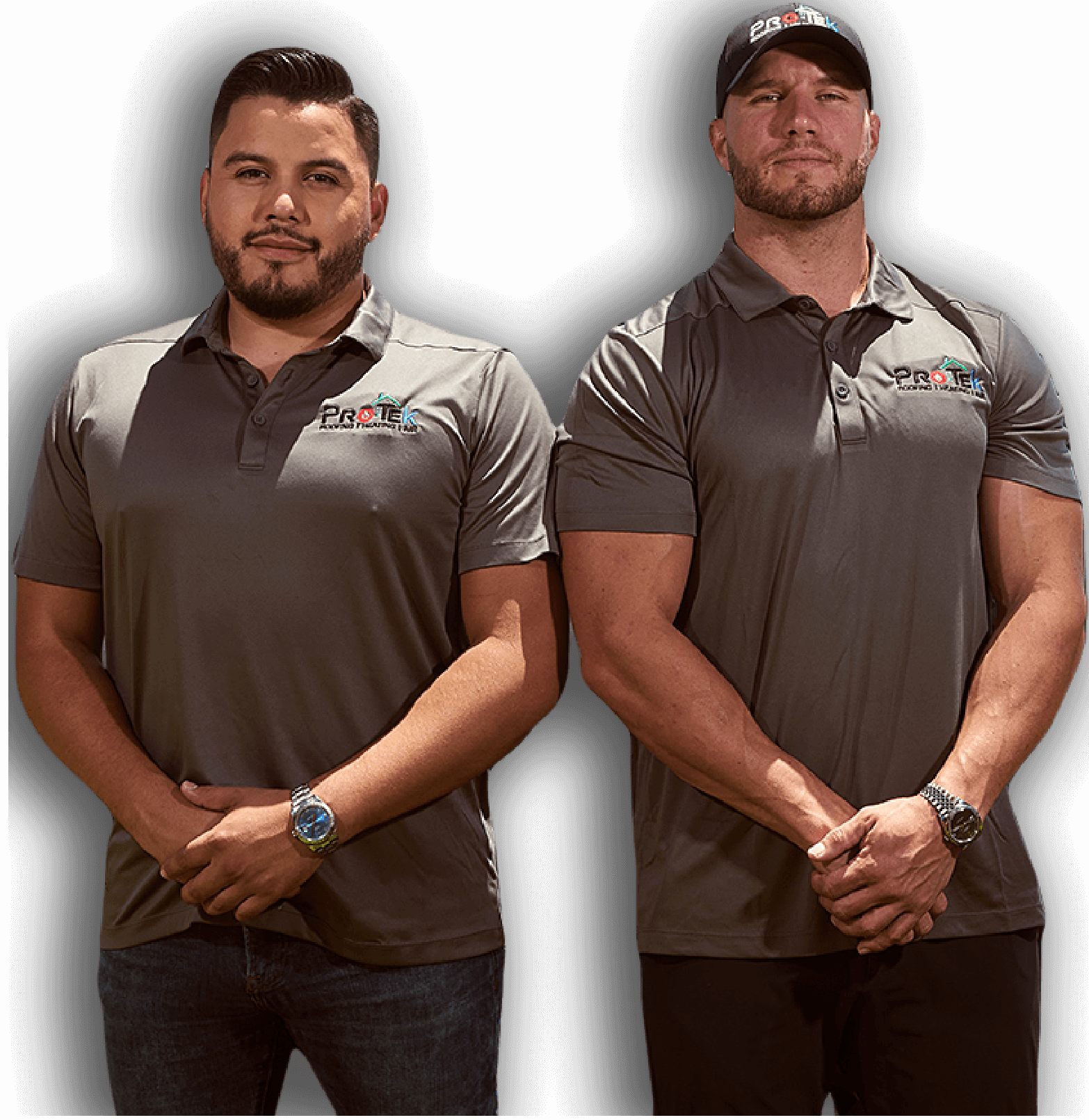If you’ve shopped around at all for a new heating unit or air conditioner, then you’ve likely seen a reference to BTU. This measurement is critical to getting a unit that will effectively keep your home comfortable. Discover what BTU is, why it’s included in HVAC specifications, what happens with too much or too little BTU, and how to measure what your home needs.
Understanding BTU
Before jumping in to discuss why BTU is important for your HVAC unit, it’s important to start by discussing what it is. BTU stands for British Thermal Unit and is the amount of heat required to raise one pound of water by one degree Fahrenheit.
Sometimes you may see HVAC systems that reference tons. This is just a different way of looking at BTU, with 1,200 BTU equalling one ton of capacity.
Why Do HVAC Units Measure BTU?
Why does how much heat it takes to raise or lower the temperature of water matter when it comes to your HVAC system? After all, we’re talking about heating and cooling your home, right?
This is simply a standard way of measuring heat transference. This is a fancy name for taking heat from one place and moving it to another place. In the case of a furnace, it’s how much heat it can generate per hour.
For an air conditioner, it’s a measure of how much heat it can transfer from inside your home to the air outside. That means the system must absorb the heat through the refrigerant and then vent it through the condensing coil outside.
In addition to BTU, your HVAC system will have an efficiency rating. This is a measure of how much energy your unit is expending compared to how it’s cooling or heating.
Heaters use Annualized Fuel Utilization Efficiency or AFUE. This evaluates how much heat it produces for every dollar of fuel it consumes. The top end of the efficiency spectrum is currently around 98%.
Air conditioners use a different efficiency rating known as the Seasonal Energy Efficiency Ratio or SEER. This is a ratio of the cooling output during the summer compared to the energy used during the summer. The range is currently 13 to 25, with the higher number representing better efficiency.
It’s the balance of efficiency and capacity ratings that determine how much you’ll pay to operate your heating and cooling units. Even having a high-efficiency unit won’t counteract the effects of having the wrong capacity size.
Is More BTU Better?
If more BTU means that your unit will have more heating and cooling capacity, that would be a good thing, right? While bigger is better may be true in some circumstances, it is the complete opposite when it comes to your heating and air conditioning.
First, higher capacity units are more expensive than lower capacity units to install. They also consume more energy while running, so all around, they cost more to run than their lower-capacity counterparts.
Next, oversized units trip safety sensors within the unit, causing it to shut down. This is because they get too hot or too cold and can damage the unit if left to continue running. When it shuts down, it does so before achieving your ideal temperature, leaving your home either hot or cold.
Because the unit shuts down before completing its intended heating or cooling cycle, it will start back up once the temperature comes back to normal. This process is called short cycling, and it adds tremendous strain to the system.
The start-up process is the most strenuous on HVAC components, especially air conditioners and heat pumps. It’s also the part of the process that consumes the most energy. Therefore, when you make the system start more often, you add wear to the unit and increase your energy consumption.
Along with extra wear to the system comes more repairs and shorter service life. You can see how having an oversized system costs you more in just about every way possible.
What Happens With too Little BTU?
Having too little BTU is just as problematic as having too many. Rather than running too intensely and shutting off prematurely, your unit will just continue to run. Obviously, the longer it runs, the more energy it consumes and the more it wears on the system.
However, it doesn’t just stop there. Despite having a system that’s constantly running, your home never quite gets to a comfortable temperature. In addition, it doesn’t remove the moisture from the circulating air that it should, leaving the air in your home a more humid and sticky feeling.
How to Determine the Right BTU for Your Home?
So if the BTU rating on your HVAC unit is as particular as Goldie Locks and her porridge, how do you go about determining the right rating for your home? It’s not a matter of guesswork, and there are a number of factors that weigh into the equation. The equation professionals use is called the Manual J Load Calculation.
The foundation of finding the right BTU rating for your home is calculating the serviceable square footage. Keep in mind that this may or may not match the area stated on a real estate listing. You’ll want to verify whether your system services your basement, attic, or even your garage. However, that’s not the extent of what determines the BTU rating you need.
Next, you’ll need to consider the construction of your home. You’ll want to verify that you have enough insulation, which is at least R30 for the Tampa area. This is at least 8.25 inches thick for standard fiberglass batting insulation. In addition to your insulation, you’ll need to consider how many doors and windows you have and how they’re constructed.
Now you need to consider the environment of your home. Outside your home, you’ll want to evaluate how much shade it receives during the day. You’ll also want to think about the amount of foliage around your home and whether it absorbs any heat. Inside your home, you need to consider the sources of heat. The obvious sources are your major appliances like the stove, refrigerator, microwave, dishwasher, washer, and dryer. However, modern homes may have additional sources like high-powered computers. These are all important for determining how much heating or cooling capacity your home needs.
Finally, you need to consider how many occupants you normally have in your home and how you use it. Each person in your home is their own little heat generator. Further, if you have hobbies or household activities that create additional heat, you’ll want to account for that as well. All of these factors are part of what professional installation technicians know how to account for quickly to determine the best capacity for your home.
Anyone around Tampa who wants trusted heating and cooling installation, maintenance, or repair turns to Protek Roofing, Heating, Air & Solar. Our team doesn’t stop at heating and cooling but also provides roofing repair and replacement and solar services. Call to schedule your consultation with one of our expert technicians to evaluate what size heating or cooling unit is appropriate for your home today.




